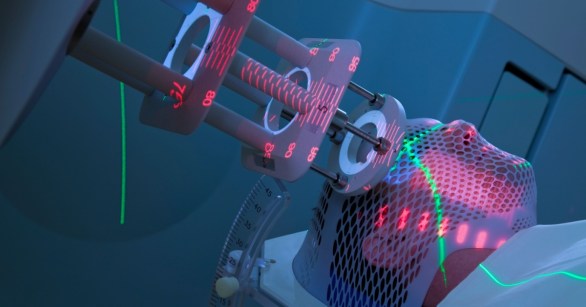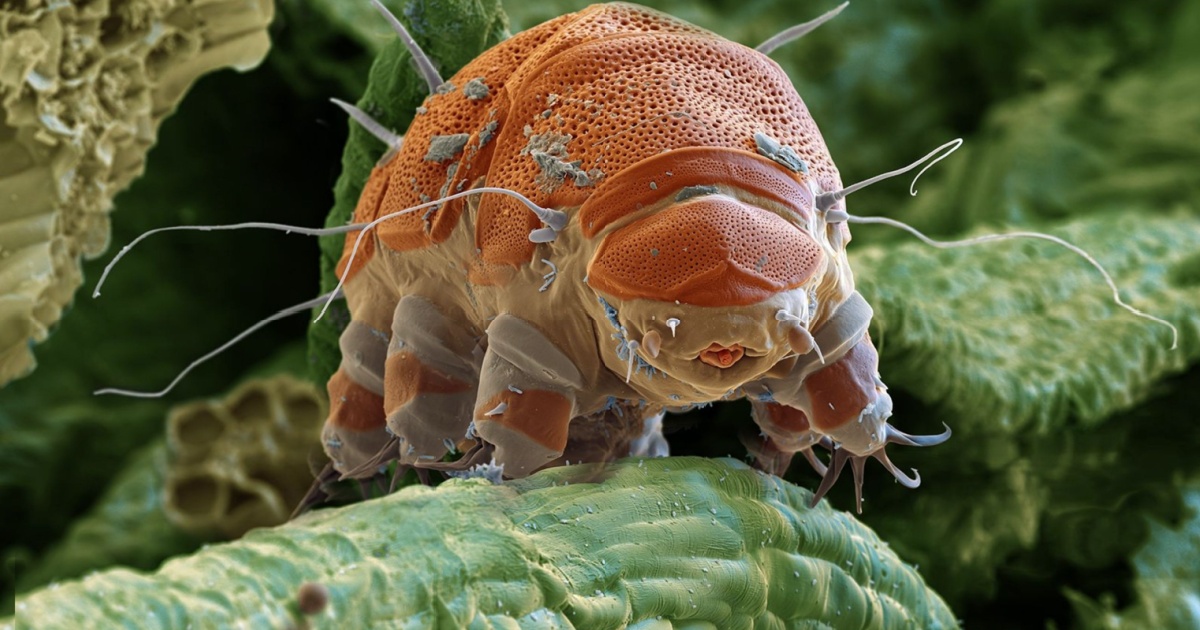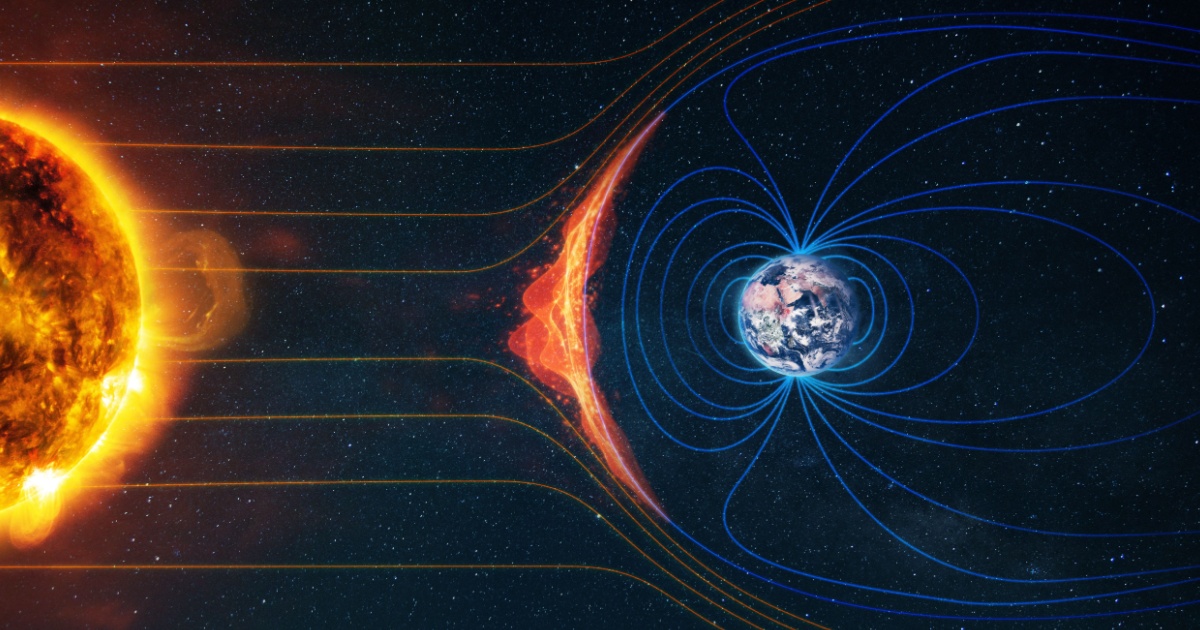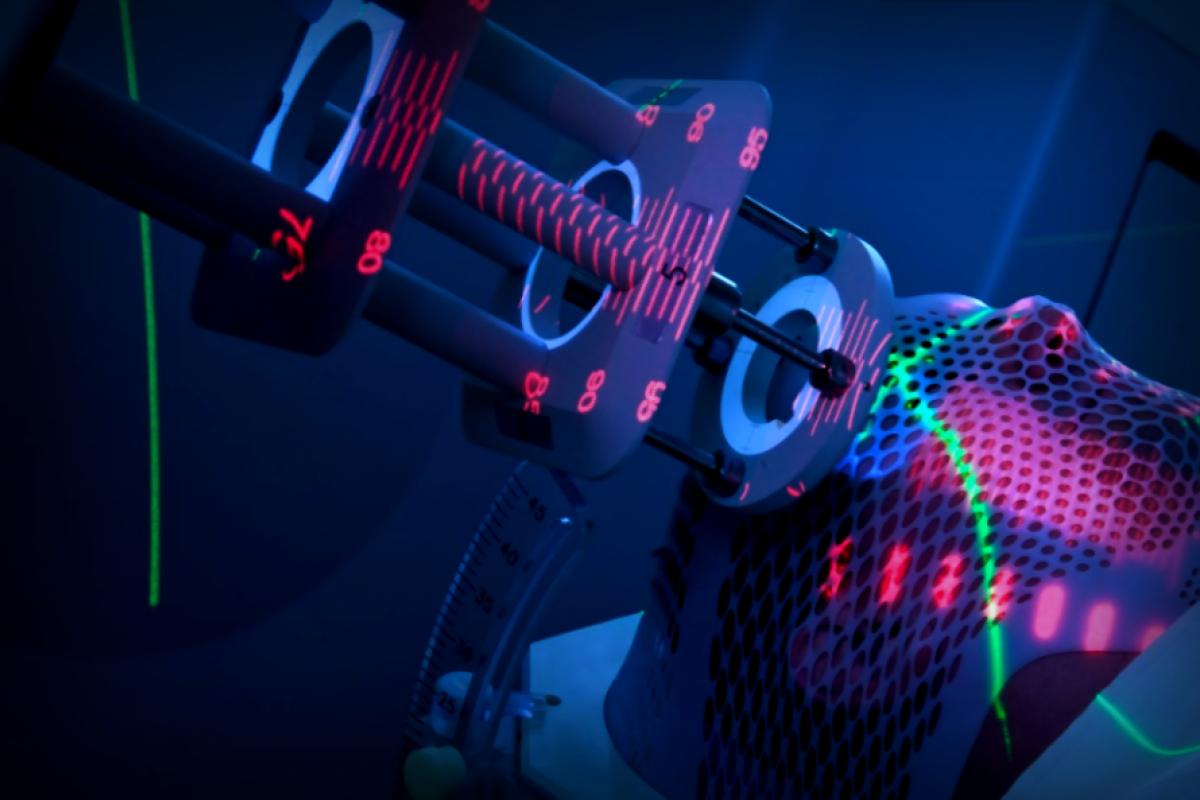Understanding Radiation Risks and Potential Solutions
Radiation exposure can be quite dangerous, especially in severe situations like cancer treatments, nuclear incidents, or journeys into outer space. To tackle this threat, researchers have stumbled upon a clever solution that could protect our cells from radiation damage.
The Resilient Tardigrade
At the heart of this innovation is the extraordinary tardigrade. These tiny creatures can withstand almost anything, from extreme temperatures to the void of space. Surprisingly, tardigrades can handle radiation levels 3000 to 4000 times higher than humans.
American scientists, led by Ameya Kirtane from Harvard Medical School and MIT, are exploring the use of proteins from these micro-animals. Their revolutionary plan involves using messenger RNA to deliver these proteins directly to human cells.

Image credit: Shutterstock
Research Breakthroughs
The team’s recent findings, published in the journal Nature Biomedical Engineering, indicate that their technique was remarkably successful in protecting mice’s DNA from radiation harm. Giovanni Traverso, an associate professor at MIT, noted the significance of their work:
“Radiation can be beneficial for treating many types of tumors, but side effects must be managed carefully. We need to find ways to assist patients in reducing the impact on healthy tissues around the tumor.”
This new approach could revolutionize how radiation therapy is conducted. Treatments often damage surrounding healthy tissue while targeting tumors, but if healthy cells could be shielded, oncologists could apply stronger radiation on the tumor—making treatments faster and more effective.
All About Safety
The delivery method utilizing messenger RNA is especially appealing due to its safety. Kirtane pointed out advantages over DNA-based solutions:
“Using messenger RNA means that the protein is only temporarily expressed, making it much safer than incorporating the therapeutic substance directly into the genome.”

Image credit: Shutterstock
Looking Beyond Healthcare
This technology may also play a crucial role for astronauts venturing beyond Earth’s magnetic field, like on missions to the moon or Mars. The potential to protect against harmful radiation is vital for their long-term well-being in the unknowns of space.
Stay Updated
This nugget of science highlights an exciting development in how we may tackle the frightening risks underlying radiation exposure.
Sign up for the weekly newsletter to stay in the loop on intriguing cultural updates!

Image credit: Shutterstock




















